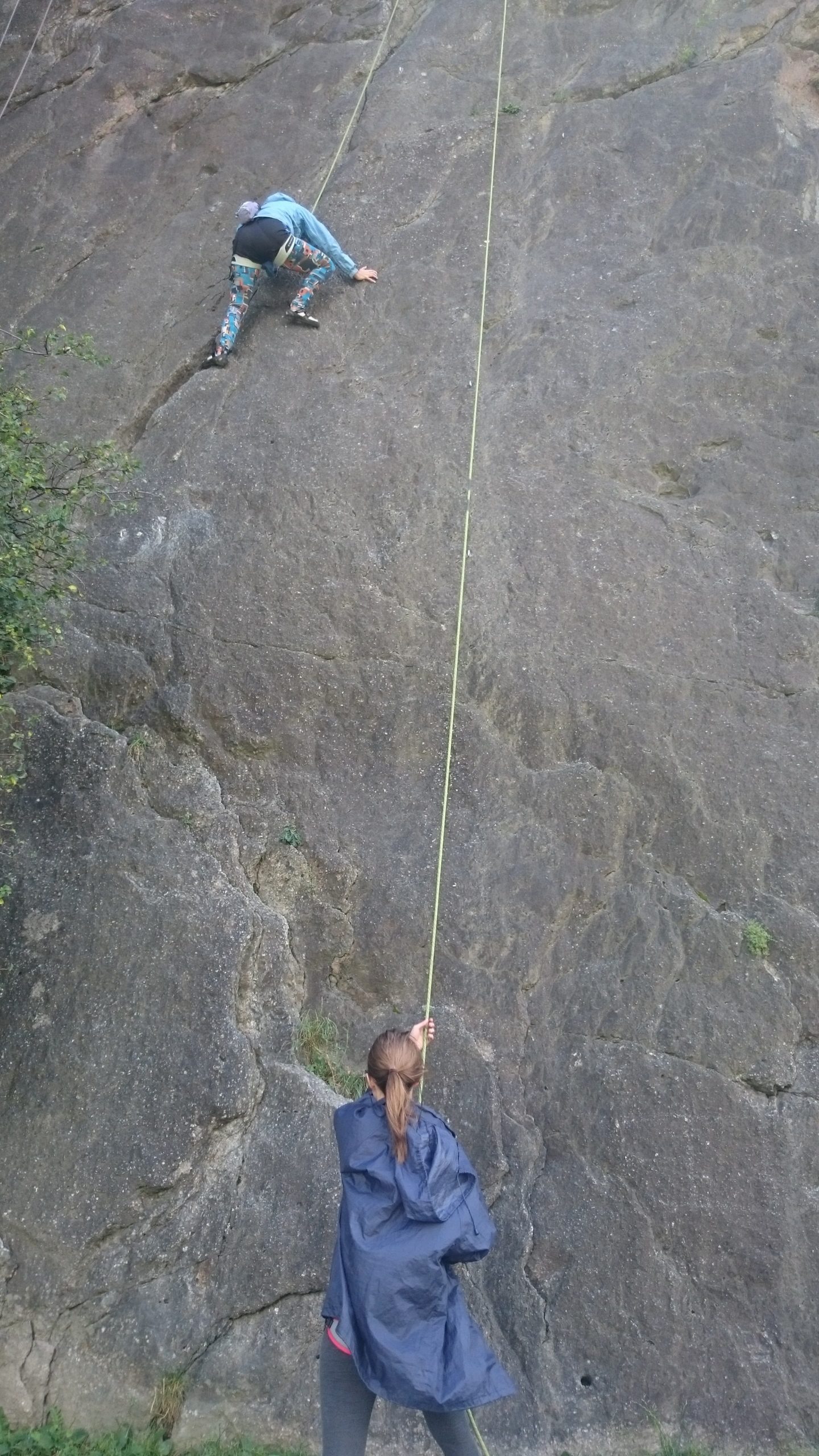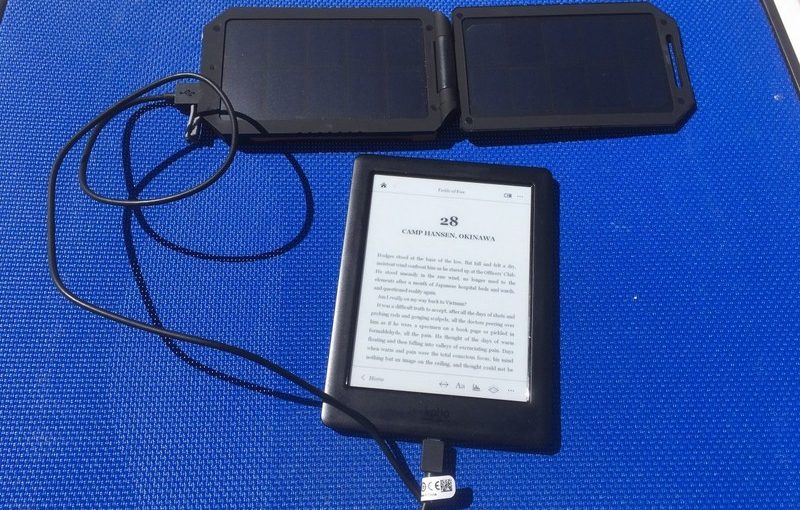Category: Rock climbing
-
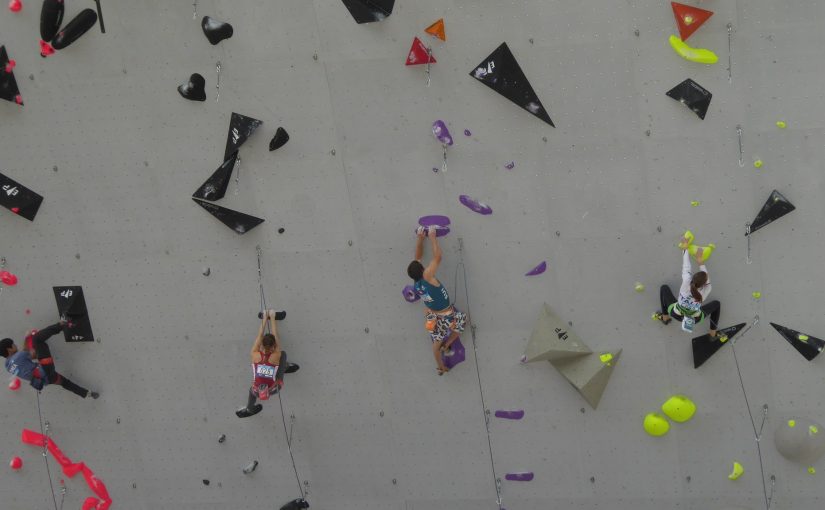
Documenting climbing feats
Reading Time: 2 minutesDocumenting climbing feats is an interesting challenge because you deal with issues of accessibility, projects that can last for months or even years and in some cases you’re dealing with the prospect of the climber understanding the problem, and then achieving his goal. For two or three years I really explored ideas…
-

The Right side of the transmission chain – acquisition
Reading Time: 2 minutesThe right side of the Transmission Chain is at the event itself. Transmission chain is a term used to describe the route that a signal takes from an event venue to the device on which you are watching an event. As a camera operator the right side of the transmission chain for…
-
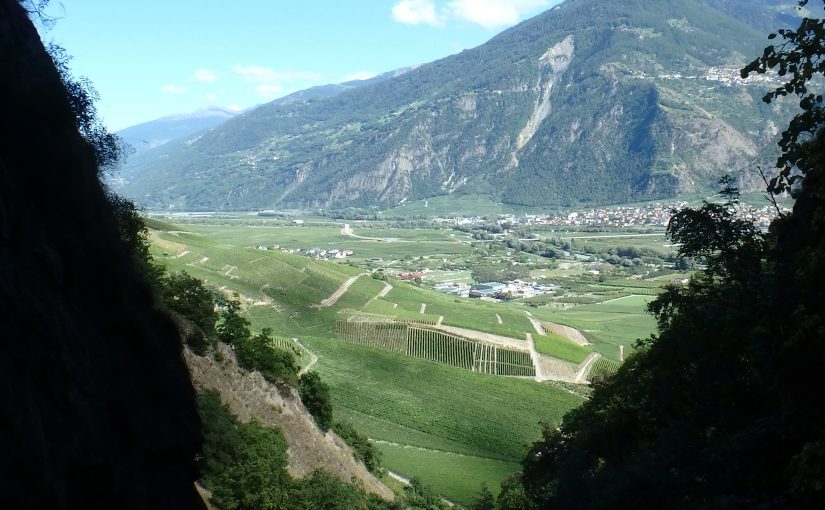
Electro-dance yodelling and other Valais videos
Reading Time: < 1 minuteThis yodelling video is currently the number one trending video on youtube. I am unclear on whether it is for Switzerland or a bigger region. A small tractor is driving up a Swiss Alpine road with a group of yodelers sitting in a trailer. A car with Ma Cherie playing on the…
-

The Drapel Climbing wall near Aigle
Reading Time: 2 minutesThe Drapel Climbing Wall near Aigle is a nice place to climb. When I was there yesterday we were in the shade of the trees unless we were climbing. The temperature for this week is at around 25-27°c daily which is nice. These are almost summer temperatures, at last. The parking for this…
-
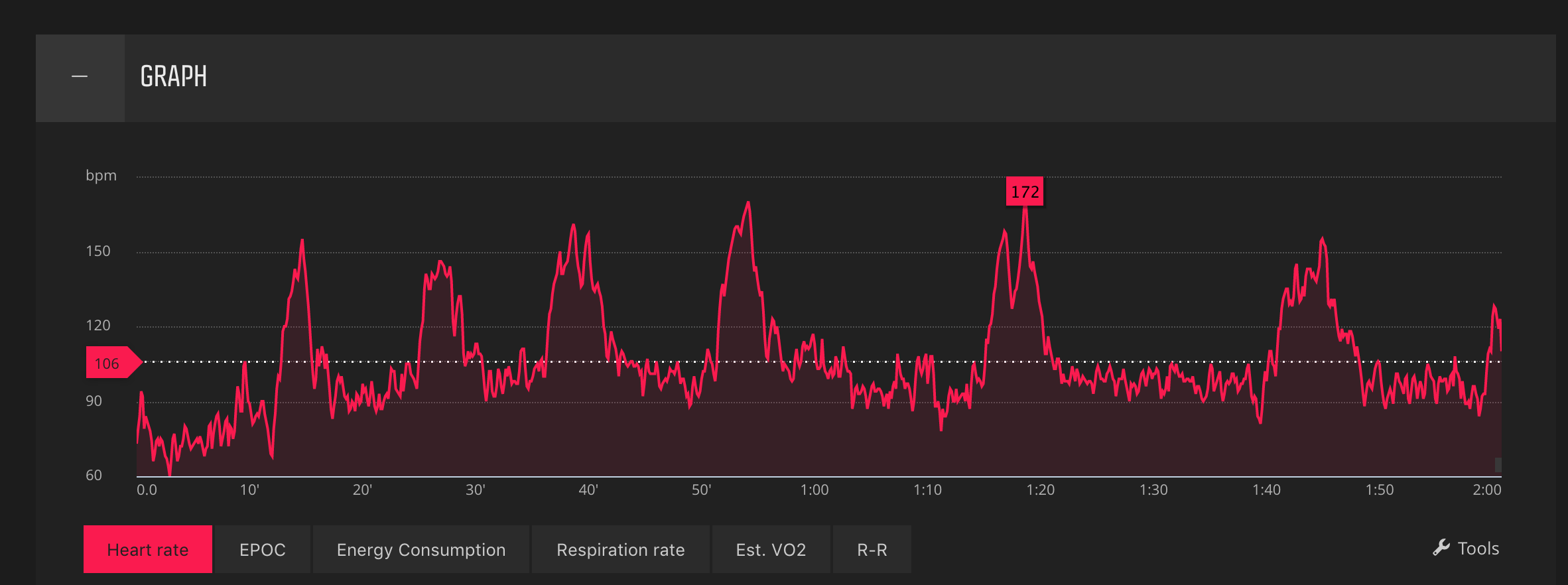
Interval training and climbing are a good combination.
Reading Time: 2 minutesIf you were to look at the graph below you would clearly see that it’s a form of interval training but you’re at a loss to know which sport it is from. With running and cycling you would see 2-3 minutes of hard effort and then two to three minutes of less…
-
The Tiny House movement and travel
Reading Time: 2 minutesThe Tiny House Movement and travel combine well together. In this video a Czech couple bought a fan and transformed it into a self contained home to live in for a year. They chose it because they wanted room for the surfboards, wet suits and more. It has space for cooking lamb…
